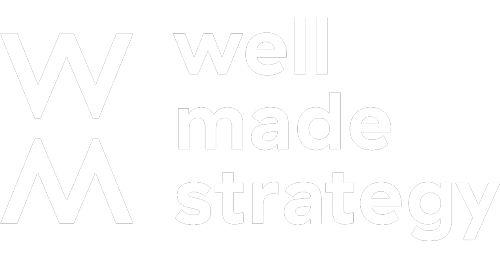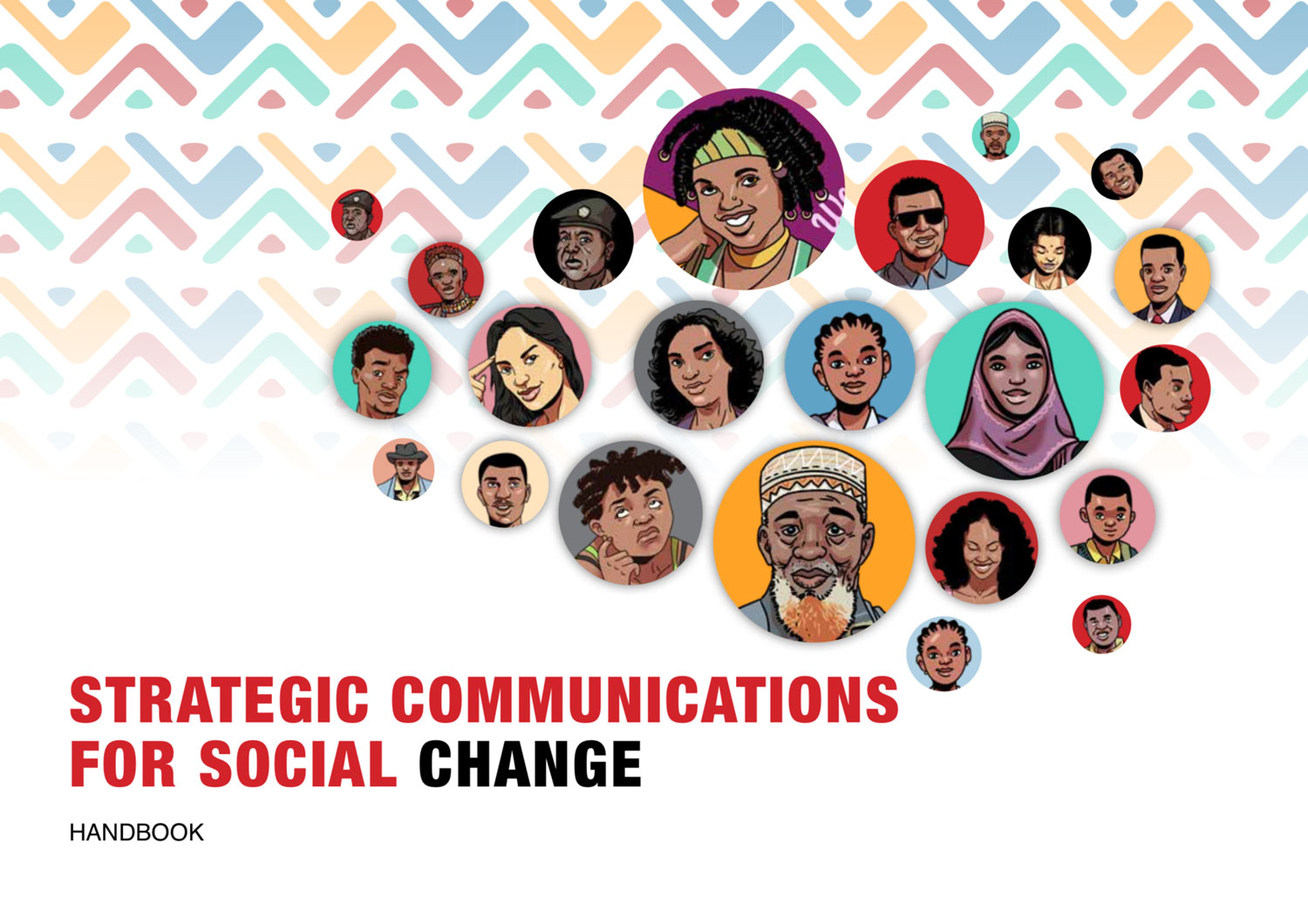By Nabila Alibhai
A professor of mine balked at the audacity of the American Declaration of Independence listing “the pursuit of happiness” with the other “unalienable rights” of “life” and “liberty.” Clinically depressed, this professor made us question the pragmatism and equal opportunity (or lack thereof) we have to be happy. She directed us instead to books like Reflections on the Way to the Gallows and autobiographies of Japanese courtesans in the business of delivering happiness.
As an unalienable right, the Declaration makes the obtaining and practicing of happiness a matter of government and public policy. The pursuit of happiness, in the Declaration, is not a quest or a pastime, but “an unalienable right.” Everyone has the right to actually be happy, not just try to be happy. Her questioning took no more than fifteen minutes of my young adult life but has stuck with me more than twenty years later.
At Forward College, I instruct students in two areas; developing social and emotional intelligences and designing for social impact. I have found myself turning back to the same questions about happiness and “full flourishing.” What does it take and how do we attain it?
Interestingly, some common principles emerge in curating “collective happiness” as well as “personal happiness.”
It makes sense that ingredients of happiness would include the basics of health, safety, and self-determination as well as freedoms like freedom from fear, disease, and hunger. It is easy to see how Government, development organizations and social enterprises play a role here.
If we extend the definition to a good and flourishing life, we would add the ingredients of a life aligned with one’s values, pleasure, belonging, and enjoyable relationships – both deep and long-term as well as relationships that are transient, serendipitous or temporary. It is easy to see how people who experience this in the work place are more likely to stick around and perform well – so happiness becomes the business of business too.
At an individual level, designing happiness, after your basic needs and freedoms from fears are attained, becomes personal. At this level, the definition of happiness is “experiences of pleasure and purpose over time”. This is as much in an individual’s hands as it in the interest of their company (in all senses of the word).
The big question is how?
There are a few through-lines in designing for both personal and communal happiness that I have come to reinforce in my teaching and consulting.
Point of View. Well Made Strategy will tell you that the first crucial step with clients (development organizations or executives receiving coaching) a la Alistair Campbell is to define objectives.
“Where you want to get to; what you want to achieve.” In communication or management consulting, helping the client define their specific objectives and articulate their values (surprisingly slippery business) is fundamental. Many institutions and many people are solving for the wrong problem and defining the right problem is a pre-requisite for success.
This takes the most work but yields the highest returns. As an individual, understanding your own point of view, your own desires, abilities, temperament and assets should be your first assignment.
Aesthetic Quality. Once you have the big picture in mind, imagine what success looks like at a granular level.
I like to think about this is in concrete aesthetics e.g. what is the geography, the social dynamic, the living texture of the experience you are aspiring to. For a social enterprise this means having the user experience at heart. What does the happy user look like? In a workplace setting; what is the ideal size, what is the team composition, what are the ingredients for community, productivity and creativity? Does the user work fulltime? What does the work environment look like?
Apply the same principles to yourself. How does it feel for life to be enjoyable and worthwhile? Where are you when you feel this way? What are you wearing? Who are you with? What do you need to flourish?
Prototyping. Finally, find a quick, lower risk and less expensive way of creating the experience you desire.
This might be more intuitive for social enterprises investing resources in new projects but you can also prototype your personal life.
Before you buy that holiday home, pursue that law degree, or marry that person, find ways to experience what it might feel like. As a coach this is what I help identify; the mini experience that helps you test your assumptions, and engage others in your pursuit.
Ultimately global or personal happiness is in the details, in the texture, in the particular way it manifests a specific point of view and creates regular moments of that state of mind. It is not an end goal, it is a feeling and experience of a “life well-lived.”
A student I was coaching recently bemoaned the tyranny of passion. This pressure to know what you are doing and where you are going. She is a young woman who is hard working, particularly grateful and also enthusiastic about learning. She was adamant about not defining the future for herself and these words fell out of her mouth. She said “I want to follow the way of the excitement.” I asked her to repeat what she said and I wrote it down. I think she’s going to do just fine.
Nabila Alibhai is a collective leadership and culture consultant, and Associate Professor and Senior Leadership Fellow at Forward College. She is also a TED Speaker and was acknowledged by Quartz as one of Africa’s Top 30 Innovators in 2018.



